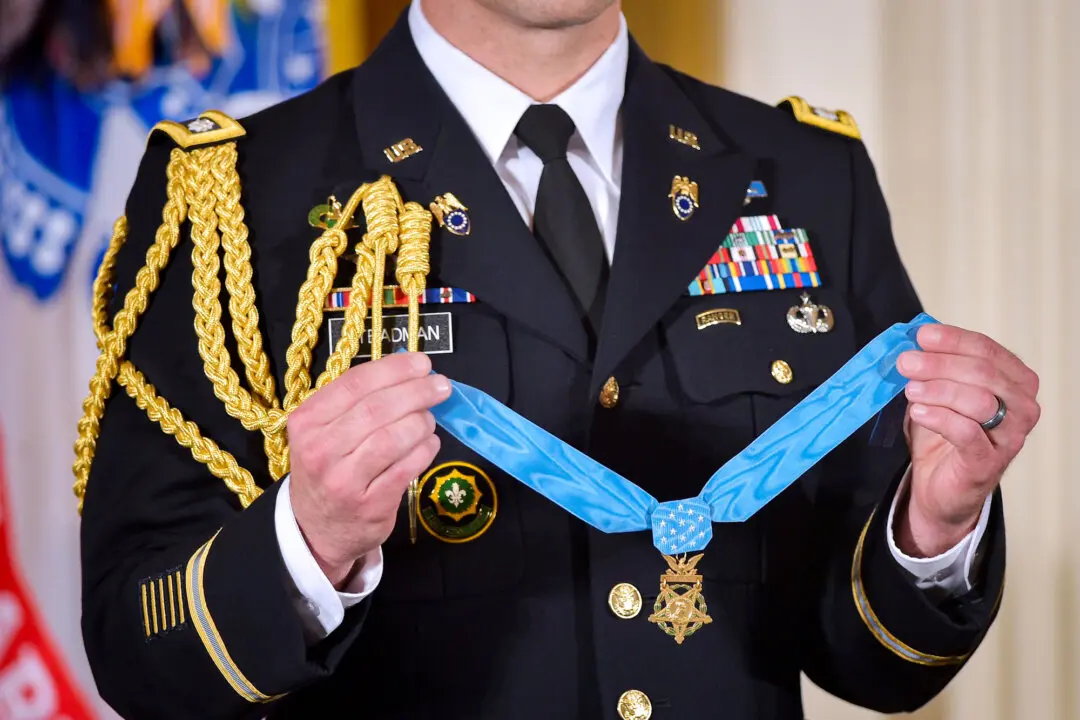Christmas snuck up on me early this year. Two books were the kindling and matches that set this Yuletide fire ablaze.
Ms. Scrooge

With her law partner Marley Jacobs recently deceased from cancer, Karol Charles operates the firm they founded alone. Karol lives by Marley’s creed: The job makes the money, and the money buys the things that make your family happy. Yet her family—artist-husband Beau, 9-year-old Annabel, and Alfie, age 4—is anything but happy with her long hours, frequent neglect, and obsession with making more and more money.
Karol also seems to prefer her office to her home, and though it’s Christmas Eve, she arranges to see a client, who is dining in Manhattan with his family. In a garden near Rockefeller Center, she encounters Marley’s ghost. When she chases after this spirit, she slips, whacks her head on the sidewalk, and passes out.
She awakens in a hospital bed, where she is visited first by Marley and then by the Spirits of Christmases past, present, and future. Christmas Past is an adolescent girl who uses a television to show Karol scenes from her earlier life, Christmas Present is Santa Claus, and Christmas Future is a hospital room where Karol awakens after a decades-long coma. Like the spirits in Charles Dickens’s “A Christmas Carol,” Karol’s visitors seek to alert her to her misguided and ruinous ambitions and to urge her to reverse course before it’s too late.

Countless movies, plays, and stories have featured or retold Dickens’s tale, and like many of them, “Christmas Karol” has a message for us all its own. First, we should note that Karol’s encounters with the spirits all occur in a hospital, a place of both recovery and death. Here, Karol must make a choice between the recovery of her family, of her beloved sister with whom she refuses to speak, and of her own heart versus the death of all that she truly loves.
Here, too, we see that money truly doesn’t buy love. Karol provides her children with the finest clothes, the best education, and a nanny, but what they really want is their mother herself. Young Annabel is already aware that Karol has pulled away from them, all too often brushing them aside in favor of work. Like Annabel, Beau feels this same deep estrangement, yet Karol blames him for the canyon of separation growing between them.
And like the Dickens tale, “Christmas Karol” asks us to ask ourselves what is truly important to us. Karol is typical of many women—and men, for that matter—who are so swept up in the search for control, power, and money that the love and attention they give to those they love is diminished. In one instance from the past, after their mother dies, Karol assumes control of her sister Fran’s life and even forces her to go to college. When Fran rebels, dropping out after her first semester and telling Karol that she wants to travel, work, and then find the man of her dreams and raise a family, Karol disowns her. Frustration and anger have closed her eyes and blocked her ears to Fran’s dreams.

If you’re looking for some entertainment, humor, and wisdom to light up the season, you’ll find these in “Christmas Karol.” One word of caution: Have a box of tissues handy.
‘A Right Jolly Old Elf’

Cynics see Santa Claus as the face of Christmas commercialized—a plump, bearded huckster dressed in red and out to sell everything from diamond earrings to Coca-Cola. Others try to keep their young ones away from this idea of a toymaker delivering gifts via a sleigh and reindeer, contending, perhaps with some justification, that learning the truth about Santa will damage their children’s trust.
But Santa expert Pamela McColl offers these reasons to keep this Spirit of Christmas in play: “I believe there is value in magical thinking, in imaginative thinking. It adds so much to our world. It teaches our children about faith, belief, and love. Santa Claus represents benevolence, kindness, and tolerance.”
Ms. McColl’s affection for St. Nick goes back to her childhood, when her father gave “The Night Before Christmas” to his 4-year-old daughter. “It’s an edition I love,” Ms. McColl said by telephone. “It’s one of my cherished possessions. And I’ve recently just had the great pleasure of reading it to my 2-year-old granddaughter, Ruby.”

“Twas the Night” is more than just a compilation of pictures and quotations about one of the best-known poems in the English language. This marvelous book offers beautiful illustrations and paintings on every page, snippets of American history, dozens of excerpts from old newspapers having to do with the poem and with Christmas, other poems about the season, an entire chapter devoted to the poem’s author (Clement Clarke Moore) and another to his good friend Washington Irving, the controversy over the authorship of the poem itself, and even a chapter on the collecting of various editions of the poem. In addition, we also learn many tidbits of holiday information, such as how Santa Claus, Indiana, got its name.
Here’s a book that perfectly fits the holiday season and should delight the entire family, as well as Kris Kringle aficionados everywhere.

Faith Moore’s novel and Pamela McColl’s compendium are gifts that are sure to enhance that spirit.







